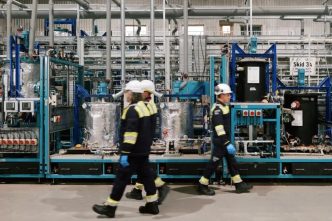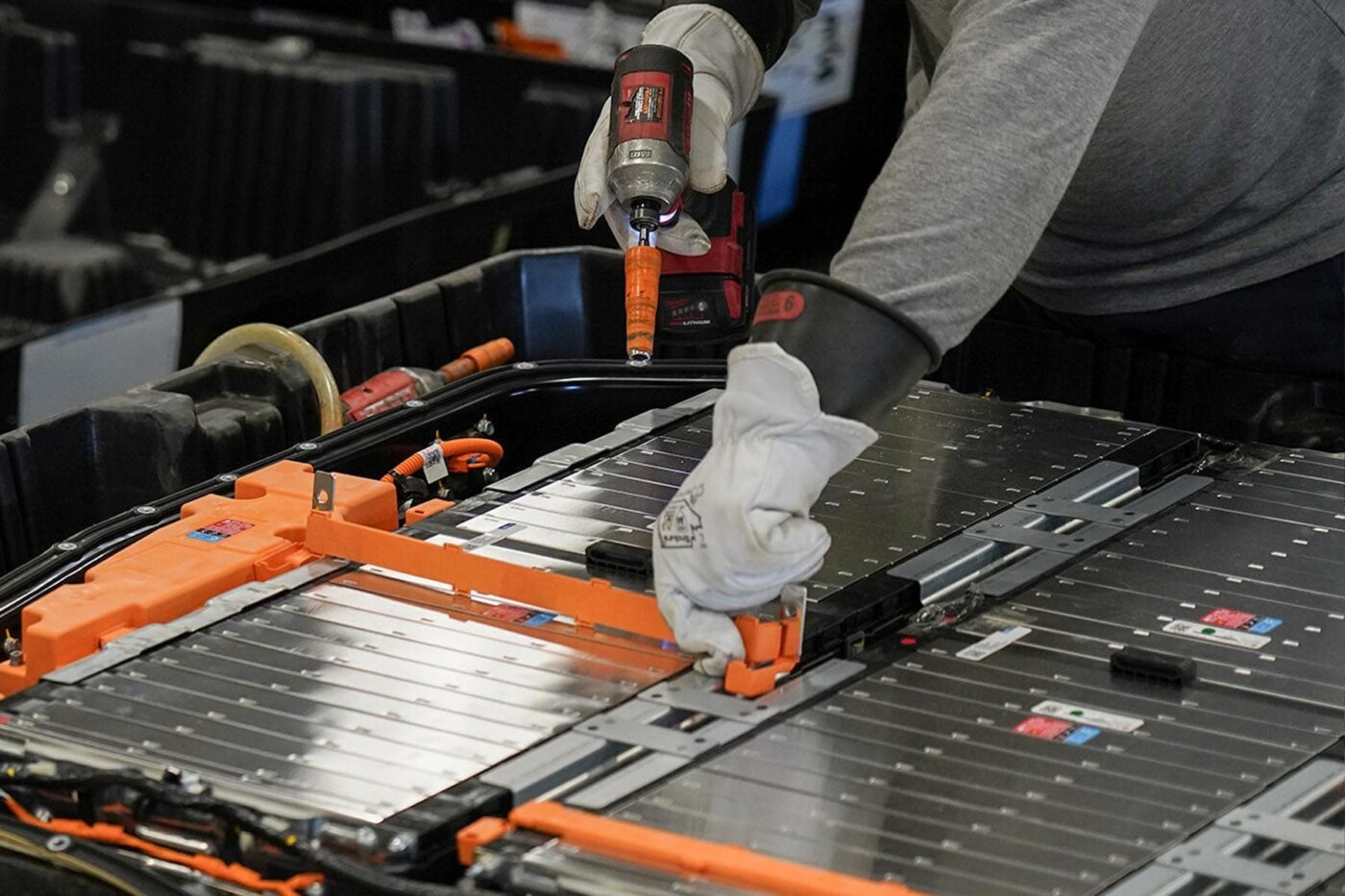Cornish Lithium has inaugurated a new demonstration plant in Cornwall, aiming to produce 10,000 tonnes of lithium hydroxide annually by 2027. The £15 million facility represents a significant step towards reducing the UK’s dependence on carbon-intensive lithium imports from countries like China. The plant will extract lithium hydroxide from granite sourced from an old clay pit, helping to localize supply and lower the environmental impact of lithium production.
The company has ambitious plans for the region, predicting a gross economic value of “at least £800 million” and the creation of over 300 jobs for local residents, according to a LinkedIn post. Cornish Lithium expects to meet around 25% of the UK’s lithium demand by 2030. “The launch of our Demonstration Processing Plant is an important step towards a greener, more sustainable future for the UK,” the company stated.
CEO Jeremy Wrathall emphasized the UK’s growing need for lithium, estimating the country will require around 110,000 tonnes of lithium carbonate annually by 2030. “We’re home to the largest lithium resource in Europe with enough beneath our feet in Cornwall to supply over half of what the electric vehicle industry needs,” Wrathall said, highlighting the untapped potential of domestic lithium reserves.
The project is partially funded by the UK’s National Wealth Fund, The Energy and Minerals Group, TechMet, and the government’s automotive transformation fund, underscoring the importance of securing a local lithium supply to support the UK’s growing electric vehicle industry.











